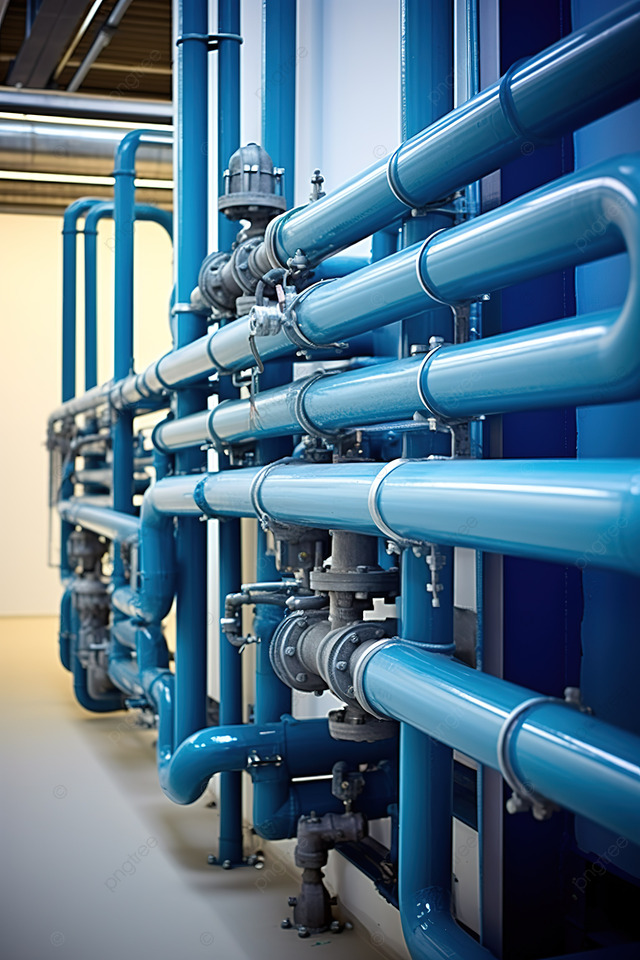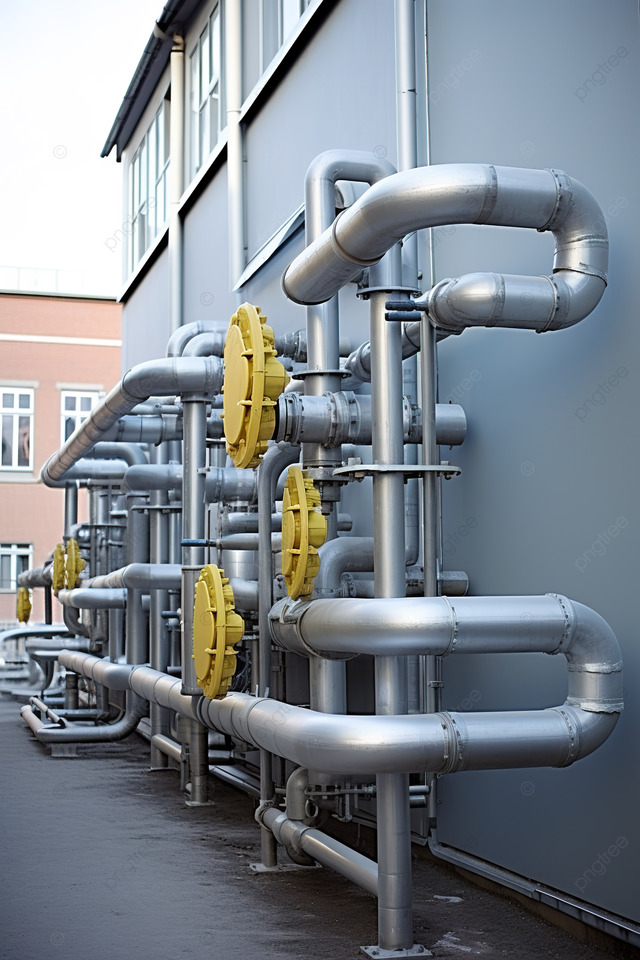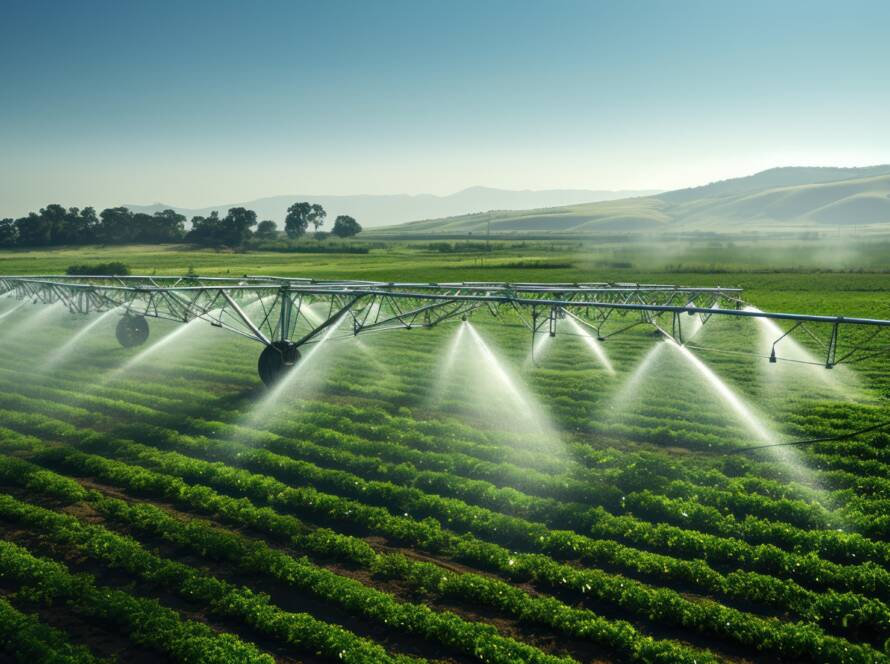Water distribution pipelining involves the design, installation, and maintenance of an extensive network of pipes to transport water from treatment plants to residential, commercial, and industrial areas. This system is crucial for ensuring safe, reliable, and efficient water supply to communities.
A typical water distribution pipeline system consists of various interconnected pipes, pumps, valves, and storage tanks. Pipes are usually made from materials like ductile iron, steel, PVC, or HDPE, chosen based on durability, cost, and environmental conditions. The layout of the pipeline network can follow different configurations—grid, tree, or looped—depending on the urban landscape and expected demand.
One key aspect of pipeline design is ensuring that the water pressure remains optimal across the network. Pressure management, as well as regular maintenance, is essential to minimize leaks, prevent contamination, and prolong the infrastructure’s lifespan. New technologies, such as smart sensors and automated control systems, are increasingly used to monitor pipeline integrity in real time and detect leaks or breaks early.
Effective water distribution pipelining not only contributes to public health by delivering potable water but also supports environmental sustainability by reducing water losses and ensuring resource conservation.




